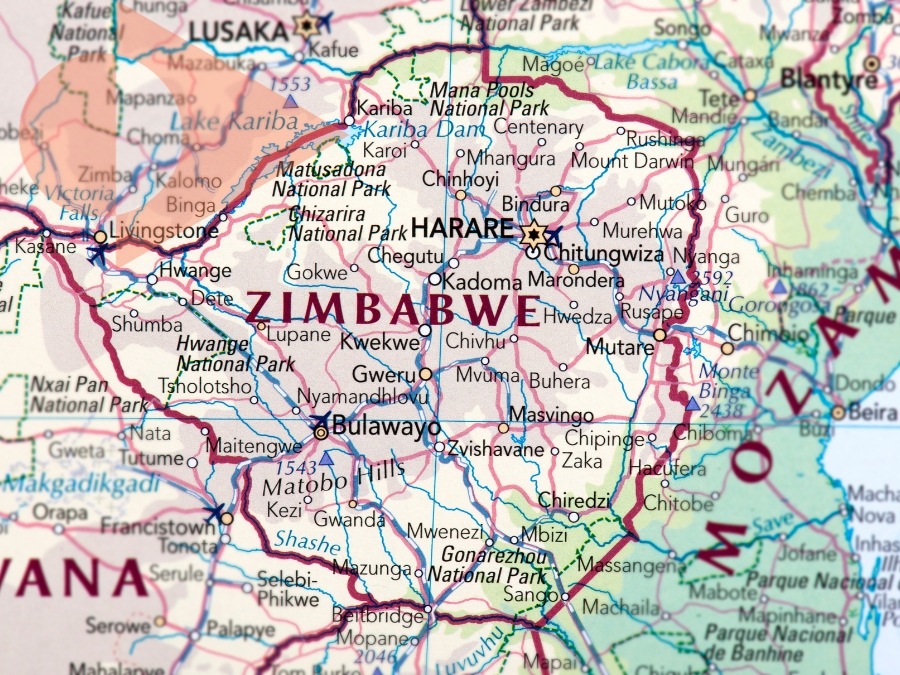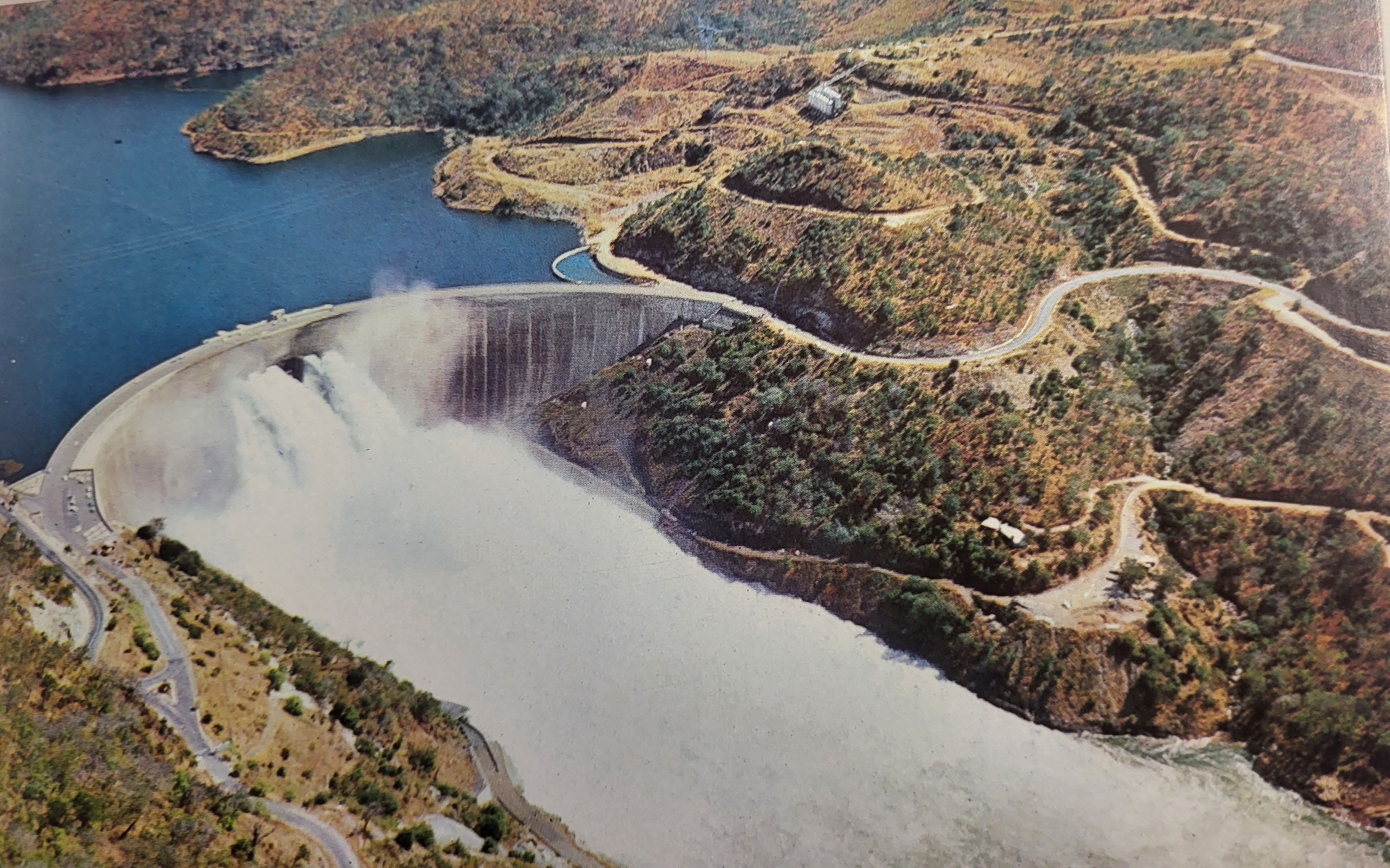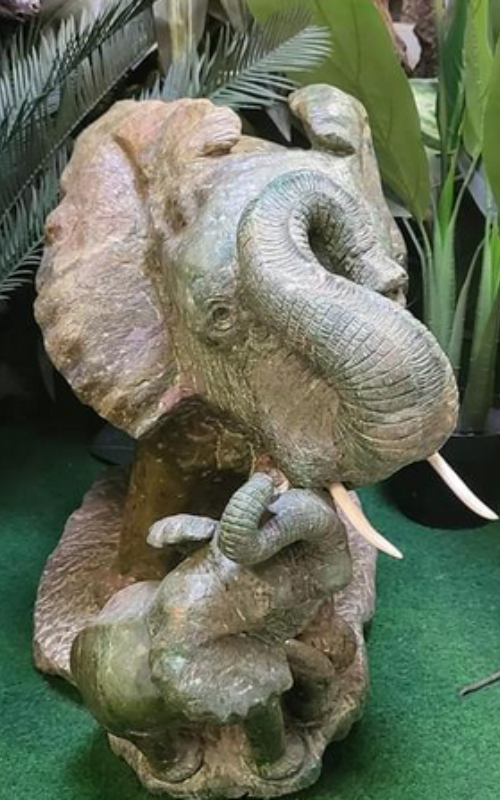Kariba Dam
Hydroelectric power for Zimbabwe and Zambia
This is one of the largest dams in the world, located on the Zambezi River between Zambia and Zimbabwe.
It is 128 meters (420 feet) tall and 579 meters (1,900 feet) long, and has a reservoir with a capacity of 181 billion cubic meters (5,600 billion cubic feet).

(Photo from Canva)
The dam's construction began in 1955 and was completed in 1959, with a total cost of $480 million. It was built primarily to generate electricity for both Zambia and Zimbabwe, and has a total installed capacity of 1,626 megawatts. The power generated by the dam is distributed through the Kariba North Bank Power Station and the Kariba South Bank Power Station, with the majority of the electricity being supplied to Zambia.
During the construction of the dam, there were a number of accidents and deaths. Some estimates suggest that up to 86 people may have died during the construction process, although the exact number is difficult to determine due to incomplete records.
The creation of Kariba Dam required flooding the Zambezi River Valley in order to create the reservoir behind the dam. This involved the relocation of thousands of people from the surrounding area, including the Tonga people who had lived in the valley for generations. The flooding also required the creation of a new ecosystem in the reservoir, which displaced or eliminated many existing plant and animal species.
Painting by Barry Lungu - Shona artist from Harare Zimbabwe - showing the flooded areas as they still look today.
One of the challenges faced during the construction of Kariba Dam was the presence of Tsetse Fly in the area. These flies are known to transmit diseases such as sleeping sickness to both humans and livestock, and posed a significant health risk to workers and residents in the region. In order to address this problem, a program was launched to eradicate the tsetse fly population in the area. This involved the use of insecticides and the introduction of sterile male flies to disrupt the breeding cycle of the flies.
The Tsetse Fly eradication program was successful, and today the area around Kariba Dam is largely free of tsetse flies. This has helped to improve the health and well-being of local residents and workers, as well as making the area a safer and more hospitable place for tourists to visit.
Today, Kariba Dam is not only an important source of hydroelectric power, but also a popular tourist destination. Visitors can take a tour of the dam to learn about its history and construction, as well as its role in providing electricity to the region. The area surrounding the dam is also ""Home"" to a variety of wildlife, including elephants, lions, and crocodiles, making it a popular spot for game viewing and safaris. Other activities for tourists include fishing, boat cruises, and visits to local villages to learn about the culture and traditions of the region.
Today, Kariba Dam is not only an important source of hydroelectric power, but also a popular tourist destination. Visitors can take a tour of the dam to learn about its history and construction, as well as its role in providing electricity to the region. The area surrounding the dam is also ""Home"" to a variety of wildlife, including elephants,
lions, and crocodiles, making it a popular spot for game viewing and safaris. Other activities for tourists include fishing, boat cruises, and visits to local villages to learn about the culture and traditions of the region.




